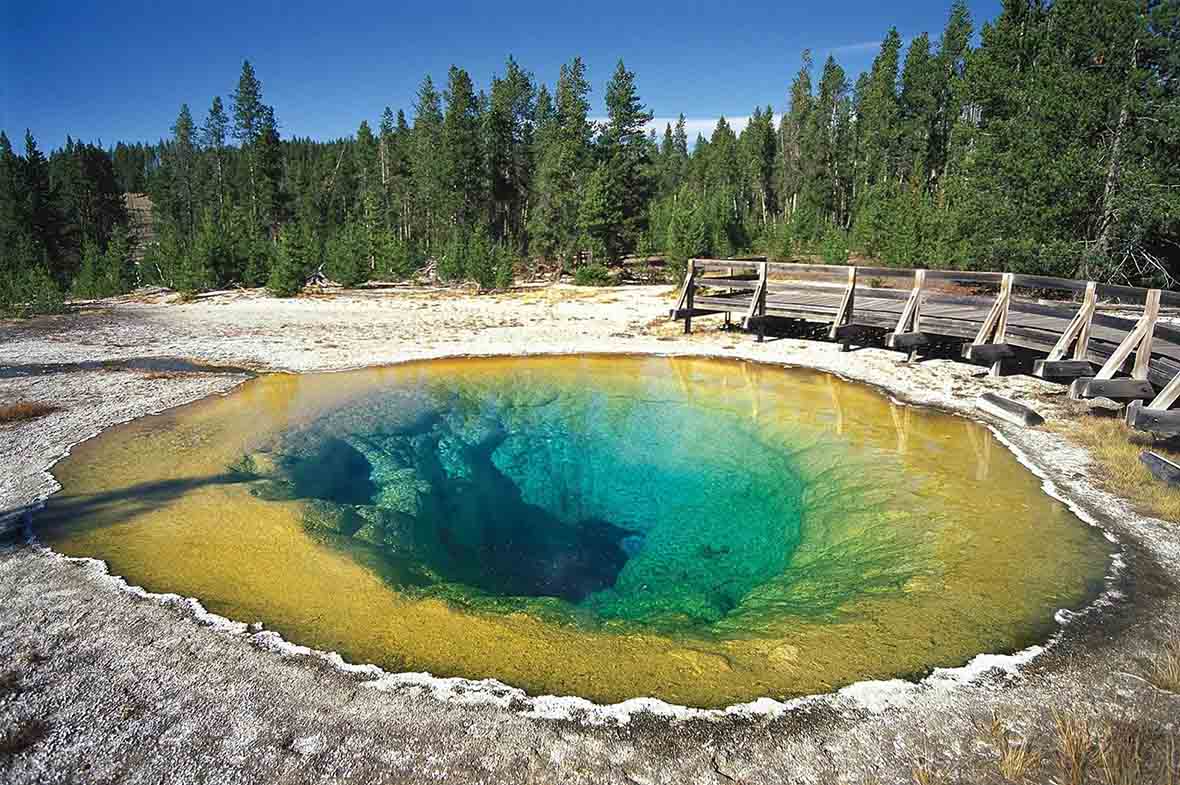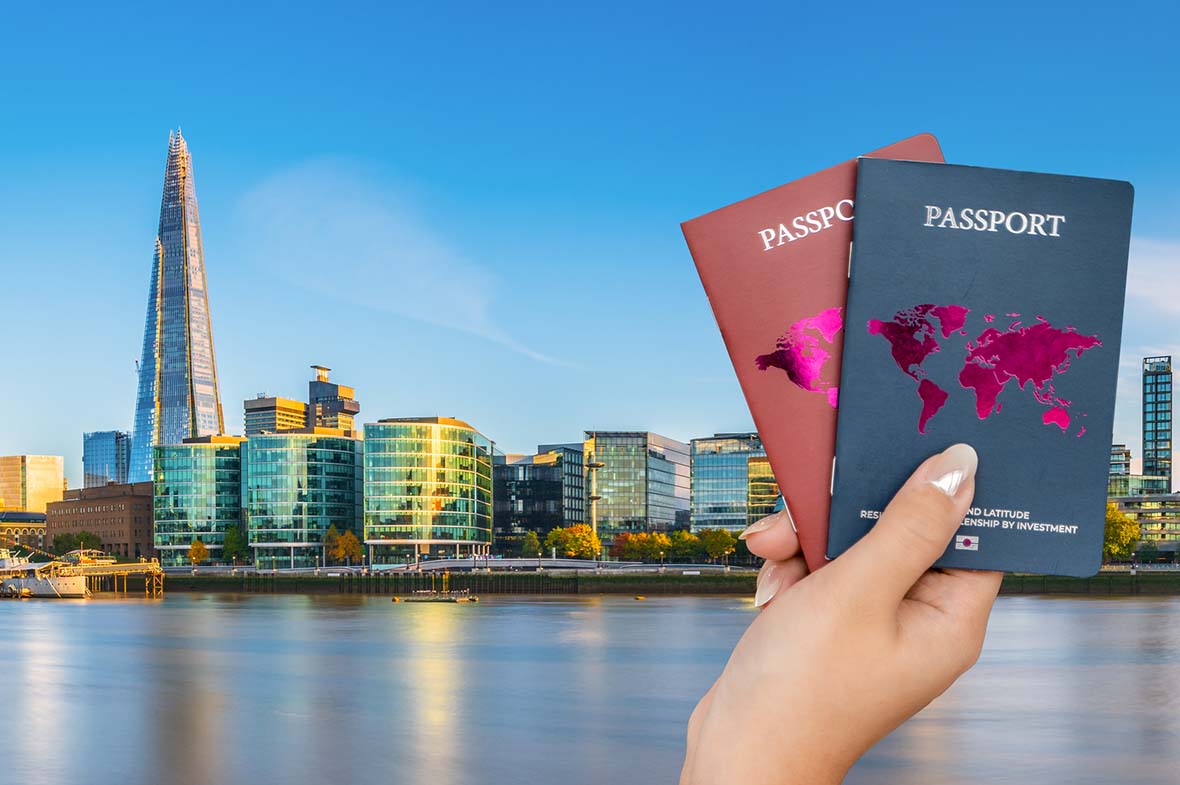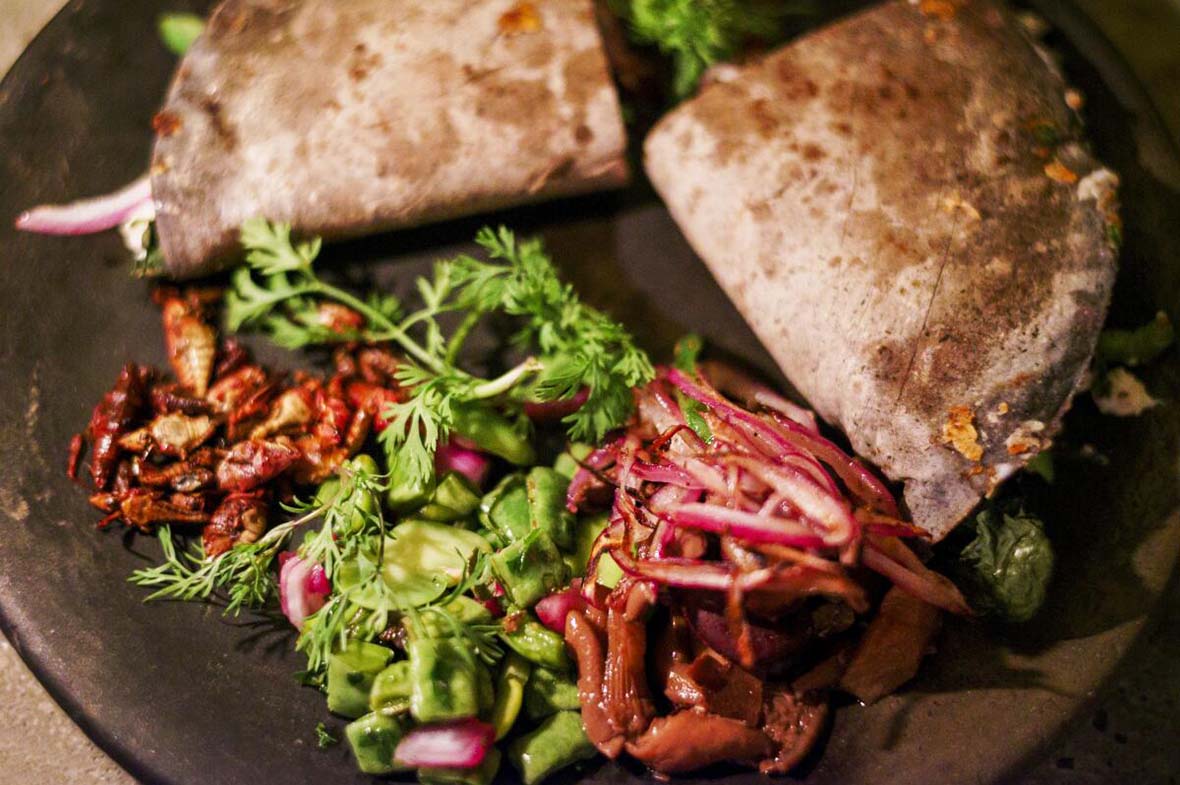Montana, known as “Big Sky Country,” is famous for its breathtaking natural landscapes, abundant wildlife, diverse outdoor activities, and unique Western culture. Whether you’re an adventure enthusiast, a skiing lover, a hiking explorer, or someone looking for peace by a tranquil lake, Montana has something for everyone.
For first-time visitors, understanding the best travel seasons, clothing recommendations, and local customs will significantly enhance your travel experience.
1. Best Seasons to Visit Montana
Montana has a continental climate with distinct seasons and significant temperature variations. Each season offers unique scenery and activities, so the best time to visit depends on your interests and travel plans.
1. Spring (March-May): Blooming Flowers & Unpredictable Weather
- Weather: Spring temperatures are still cool, especially in March and April. Mountain areas may still have snow, and temperatures range from 10-20°C (50-68°F) in May.
- Best Activities:
- Wildlife viewing in Yellowstone National Park and Glacier National Park, where bears, elk, and bison become more active.
- Hiking trails start to open as the snow melts.
- Exploring Missoula and Bozeman, which host spring festivals.
- Clothing Tips:
- A lightweight waterproof jacket for unexpected rain or late snowfall.
- Layered clothing, such as a sweater and an outer coat, to adjust for temperature changes.
- Waterproof hiking shoes for muddy trails.
2. Summer (June-August): Peak Season & Outdoor Paradise
- Weather: Summer is the most popular time to visit Montana. Daytime temperatures range from 20-30°C (68-86°F), with cooler nights (as low as 5°C/41°F in mountain areas).
- Best Activities:
- Yellowstone National Park and Glacier National Park are fully accessible, offering incredible hiking, camping, and sightseeing opportunities.
- Big Sky Resort provides mountain biking, paragliding, and rock climbing.
- Lakes and rivers: Enjoy boating, fishing, and swimming at Flathead Lake or rafting on the Missouri River.
- Attend local events like the Billings Rodeo and Big Sky Music Festival.
- Clothing Tips:
- Light, breathable clothing such as T-shirts, quick-dry pants, and a hat.
- A light jacket or fleece for cool mornings and evenings.
- Sunscreen and insect repellent to protect against UV rays and bugs.
3. Fall (September-November): Stunning Fall Colors & Fewer Crowds
- Weather: Fall temperatures range from 10-25°C (50-77°F) in September but drop quickly in October and November.
- Best Activities:
- Fall foliage viewing, especially in Bitterroot National Forest and around Missoula.
- Hunting season: Montana is known for its rich hunting traditions.
- Photography: The golden autumn landscapes are perfect for capturing stunning nature shots.
- Clothing Tips:
- A light jacket + sweater or fleece for chilly days.
- Hiking shoes for long outdoor walks.
- Hat and gloves (from November onwards) to stay warm.
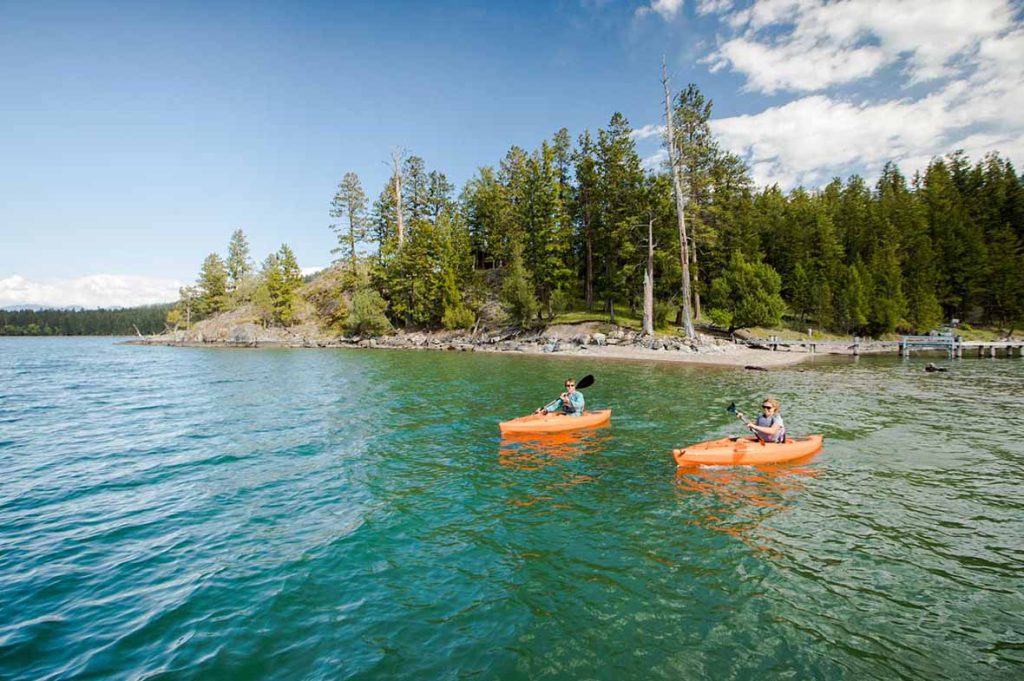
4. Winter (December-February): Skiing & Snow Adventures
- Weather: Winters in Montana are cold, with temperatures ranging from -10°C to 5°C (14-41°F). The mountains receive heavy snowfall, making it a skier’s paradise.
- Best Activities:
- Skiing and snowboarding at Big Sky Resort and Whitefish Mountain Resort.
- Ice fishing and snowmobiling near Flathead Lake or Yellowstone.
- Wildlife viewing: Spot bison and other animals in snowy landscapes.
- Clothing Tips:
- Heavy winter coat, ski pants, windproof hat, and gloves.
- Insulated boots for walking on snow and ice.
2. What to Wear in Montana
1. Layered Dressing for All Seasons
Montana’s weather can be unpredictable, so dressing in layers is key:
- Base Layer: Moisture-wicking fabric like wool or synthetic materials.
- Middle Layer: Fleece or lightweight down jacket for warmth.
- Outer Layer: Waterproof and windproof shell jacket for protection.
2. Essential Gear
- Sunglasses and sunscreen: Summer UV rays are strong, and winter snow glare can be intense.
- Hat and scarf: Useful for sun protection in summer and warmth in winter.
- Hiking boots: A must-have for all seasons to ensure comfort on trails.
3. Montana’s Customs and Culture
1. Unique Western Cowboy Culture
Montana’s history is deeply rooted in cowboy culture and Western traditions. Many towns still retain the charm of the 19th-century American frontier.
- Rodeo
Rodeo is one of the most iconic events in Montana. Every summer, cities like Billings, Bozeman, and Big Sky host various rodeo competitions. Visitors can witness real cowboys taking on the eight-second challenge of riding wild broncos or bulls, or demonstrating their skills in calf roping. These events are not just thrilling spectacles but also a significant part of Montana’s way of life. If you’re interested in rodeo, consider staying in Montana for a few extra days to experience this authentic tradition. - Horseback Riding and Equestrian Adventures
With its vast ranchlands, horseback riding in Montana is not just a recreational activity but a part of daily life for many locals. Numerous ranches welcome visitors, offering riding lessons and guided horseback expeditions. Whether you’re a beginner or an experienced rider, you’ll find an experience that suits you. For a deeper immersion into the Western lifestyle, consider a ranch stay, where you can help herd cattle, feed livestock, and listen to cowboy stories around a campfire under the starry sky. - Western Festivals
In addition to rodeos, Montana hosts various Western-themed festivals throughout the year, featuring cowboy music, Western crafts, and equestrian performances. Festivals like the Rockin’ Rodeo Festival in Bozeman and the Montana Cowboy Poetry Gathering in Missoula provide great opportunities to experience local culture. At these events, you can enjoy authentic Western music such as country and bluegrass, and even learn some cowboy dance moves.
2. Respect for Nature
Montana is home to stunning natural landscapes, including Yellowstone National Park and Glacier National Park. Locals take environmental protection seriously, not only through laws and regulations but also in their daily actions. Travelers should follow essential eco-friendly practices while exploring Montana.
- Leave No Trace
Outdoor adventurers in Montana follow the Leave No Trace principle—enjoy nature without leaving behind any waste or human impact. Whether you’re hiking, camping, or engaging in outdoor activities, always pack out your trash and minimize your environmental footprint. For instance, picking wildflowers or damaging vegetation in Glacier National Park is strictly prohibited, and all visitors are expected to comply with these regulations. - Keeping a Safe Distance from Wildlife
Montana is a wildlife paradise, home to bears, bison, elk, and wolves. While spotting these animals is a memorable experience, maintaining a safe distance is crucial to avoid dangerous encounters. National park guidelines recommend:- Staying at least 25 yards (23 meters) away from bison and elk
- Keeping 100 yards (91 meters) away from bears and wolves
- Never feeding wildlife, as it disrupts their natural behavior and can lead to dangerous situations
- Carrying Bear Spray
If you plan on hiking in Montana’s mountains, carrying bear spray is an essential safety measure. Bear spray is a highly effective deterrent against aggressive bears and is considered safer and more humane than firearms. Before entering national parks, visitors are encouraged to attend a bear safety briefing to learn how to properly use bear spray and how to navigate bear-inhabited areas safely.
3. The Hospitality of Montanans
Montanans are known for their warm hospitality and friendliness. Many small-town residents are happy to chat with visitors and share stories about their way of life. However, they also value personal space and privacy, so it’s important to respect local social customs.
- Conversation Etiquette with Strangers
If you strike up a conversation with a local at a restaurant, café, or bar, they will likely respond warmly. However, it’s best to keep the conversation light, focusing on topics like travel, weather, or outdoor activities, while avoiding sensitive subjects like politics or personal finances. - Greeting Customs
In rural areas, it is common for people to acknowledge strangers with a nod or a wave when passing by on a street or hiking trail. If someone greets you, returning a friendly smile or wave is a great way to show courtesy. - Dining and Tipping Culture
When dining at restaurants or cafés in Montana, tipping is customary and follows the general practice in the U.S.—typically 15-20% of the bill. Even in small towns, tipping your server is a basic etiquette.
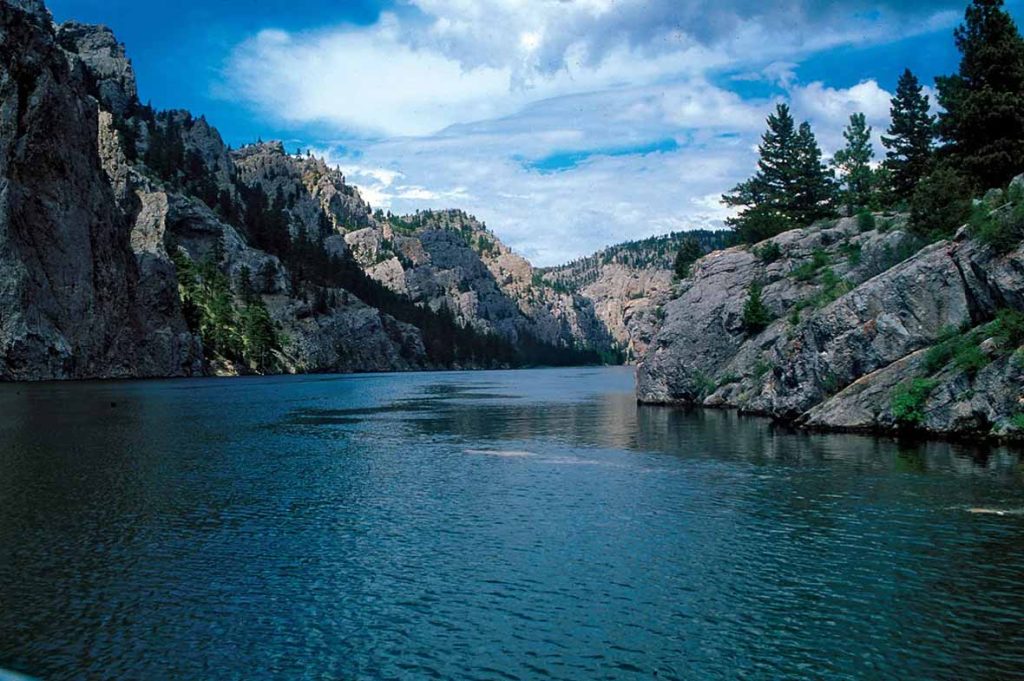
Travel Tips
1. Book in Advance
- During peak seasons (June to September for summer travel and December to March for skiing), hotels, campgrounds, and national park permits sell out quickly. It’s best to book 3-6 months in advance.
- Glacier National Park’s Going-to-the-Sun Road requires an advance reservation to access, so plan accordingly.
2. Renting a Car is the Best Way to Travel
- Montana is vast, with long distances between cities and limited public transportation. Renting a car provides the most flexibility for exploring the state.
- 4WD vehicles are recommended if you plan to visit mountainous areas or travel in winter, as they perform better on snowy and rugged roads.
- Gas up frequently—gas stations are scarce in remote areas, so always fill up your tank before heading into the wilderness.
3. Wildlife Safety
- Be cautious when driving—wildlife such as deer, elk, and bison often cross roads, especially at dawn and dusk. Stay alert while driving to avoid collisions.
- Store food properly when camping—in national parks and campgrounds, all food must be stored in bear-proof containers or hung from a tree to prevent attracting bears.
4. Adapting to High Altitude
- Many of Montana’s popular destinations sit at elevations above 1,500 meters (4,921 feet), which may cause altitude sickness for some travelers.
- Avoid strenuous activity on your first day to allow your body to adjust.
- Drink plenty of water and avoid excessive alcohol consumption.
- If you experience dizziness or shortness of breath, take breaks and rest.
Whether it’s Montana’s cowboy heritage, breathtaking natural landscapes, or friendly locals, this state offers a truly unique travel experience. By respecting local customs, preparing properly for the climate, and following outdoor safety guidelines, you’ll have an unforgettable adventure in Big Sky Country.
